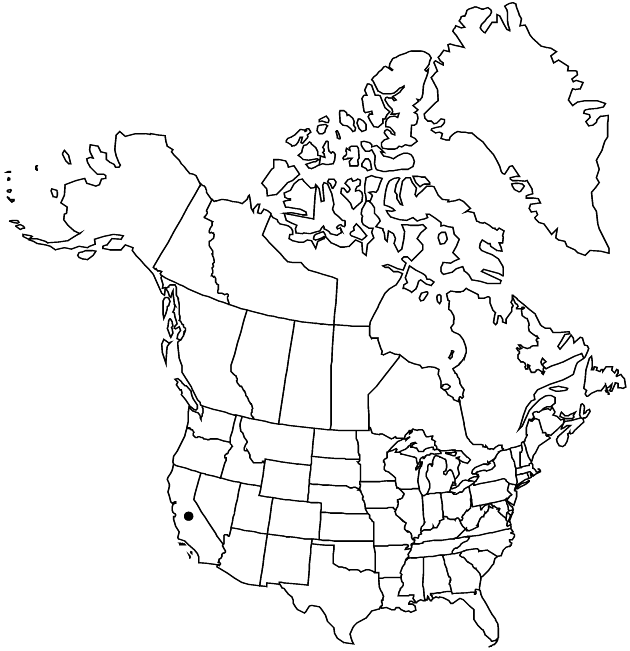Difference between revisions of "Lagophylla dichotoma"
Pl. Hartw., 317. 1849.
imported>Volume Importer |
imported>Volume Importer |
||
| Line 50: | Line 50: | ||
|publication year=1849 | |publication year=1849 | ||
|special status=Endemic | |special status=Endemic | ||
| − | |source xml=https:// | + | |source xml=https://bitbucket.org/aafc-mbb/fna-data-curation/src/2e0870ddd59836b60bcf96646a41e87ea5a5943a/coarse_grained_fna_xml/V19-20-21/V21_642.xml |
|tribe=Asteraceae tribe Heliantheae | |tribe=Asteraceae tribe Heliantheae | ||
|subtribe=Asteraceae (tribe Heliantheae) subtribe Madiinae | |subtribe=Asteraceae (tribe Heliantheae) subtribe Madiinae | ||
Latest revision as of 20:13, 5 November 2020
Plants 10–60+ cm (strongly self-incompatible); branching ± pseudo-dichotomous, distal stems eglandular or sparsely stipitate-glandular. Leaves: blades green, usually eglandular (distal eglandular or stipitate-glandular, glands mostly purple, some yellow). Heads in paniculiform arrays. Calyculi 0 or of 2–3 bractlets. Involucres ± hemispheric to obovoid. Phyllaries 4–6.5 mm, ± hirtellous to scabrellous on angles, hairs ± antrorsely curved, 0.1–0.6 mm. Ray laminae 7–13 mm. Cypselae dull (striate). 2n = 14.
Phenology: Flowering Apr–Jun.
Habitat: Grasslands, openings in woodlands
Elevation: 50–900 m
Discussion
Lagophylla dichotoma occurs in the western Sierra Nevada foothills and adjacent eastern San Joaquin Valley and in the northern South Inner Coast Ranges (where plants are notably stipitate-glandular, unlike most Sierran and San Joaquin Valley collections).
Selected References
None.
